This post discusses options, how and why to use bedding in your vermicompost system. This is the second of a 6-part series on getting started vermicomposting. The first post tackled factors to consider in choosing the physical setup for your vermicompost operation. If you’re new to vermicomposting, start here. Otherwise, read on for information and considerations in choosing bedding options for your red wigglers.
What is bedding and why do we need it?
Bedding is a carbon rich material that provides are safe environment for your red wigglers to live in. It provides structure to your vermicompost pile, contributing to airflow within your pile. In the natural environment, this would most often be leaves and sticks.
Vermicompost bedding options
There are a few different types of bedding you can use, but the most popular are coco coir, shredded paper, shredded cardboard, peat moss, wood chips and leaves.
Coco coir
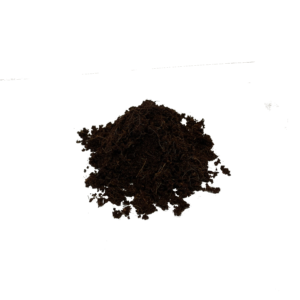
Coco coir is made from coconut husks. It retains moisture very well and has a peat-like consistency. This works well as bedding for red wigglers. It’s great use of a waste product, though in a North America context, it’s shipped large distances, so it has a large carbon footprint. This also comes with a financial cost.
Shredded paper
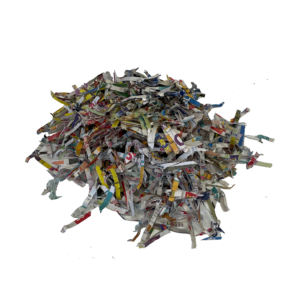
Shredded paper is another common option for bedding. When choosing paper, avoid glossy printing (think magazines), staples, tape, etc. Newsprint is ideal, though a bit harder to find as a waste product than it used to be. Use minimal bleached white paper, though the odd piece in a sea of newsprint is unlikely to really hurt anything. One challenge with using paper is that when it get wet, it tends to turn into a sludgy mess. This isn’t ideal for your worms or your vermicompost system in general. This can cause challenges with maintaining airflow in your vermicompost system.
Shredded cardboard
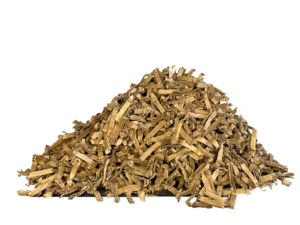
Shredded cardboard is another popular bedding option (and my personal choice). Cardboard breaks down more slowly than paper and provides a bit of structure, allowing for air flow. Corrugated cardboard is ideal. Avoid wax coated or glossy printed cardboard (think cereal boxes). One of the main reasons that I go for shredded cardboard is that I can use a waste product in my world.
The idea of tearing and cutting cardboard lasted about five min in my world. I happily invested in a paper shredder for shredding my cardboard. My main criterion are the largest sheet count I could get my hands on (18 pages was what I found as the largest commercially available option). Other than that, it is just a basic paper shredder. Be sure to remove tape, labels and staples and shred away.
Since I’ve already devoted my life to shredding cardboard, I’ve made it available for purchase for local folks. This is a good option while learning the ropes and deciding if shredded cardboard is your bedding of choice for your red wigglers.
Egg cartons and disposable drink trays
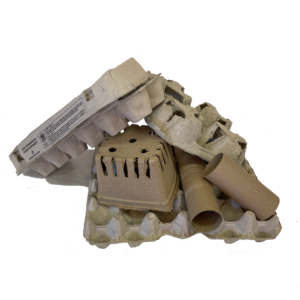
Paper products like egg cartons and disposable cup holders can also be used for vermicomposting, but can get mushy, much like shredded newsprint. They can be a good addition to your vermicompost system, but avoid using them as your primary bedding material.
Other vermicompost bedding options to consider
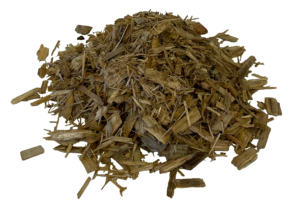
There are a few other bedding options that are less common, but worth mentioning. Wood chips, sawdust, and leaves can all be used as vermicompost bedding. Sawdust can be problematic as it compact easily, reducing airflow. If you go this route, make sure to use it in small amounts and mix it well with other bedding materials.
As you can see, there are a few different bedding options to choose from when vermicomposting with red wigglers. In the next post, I’ll go into more detail on how to prepare your worm bedding for your new wiggly friends.
